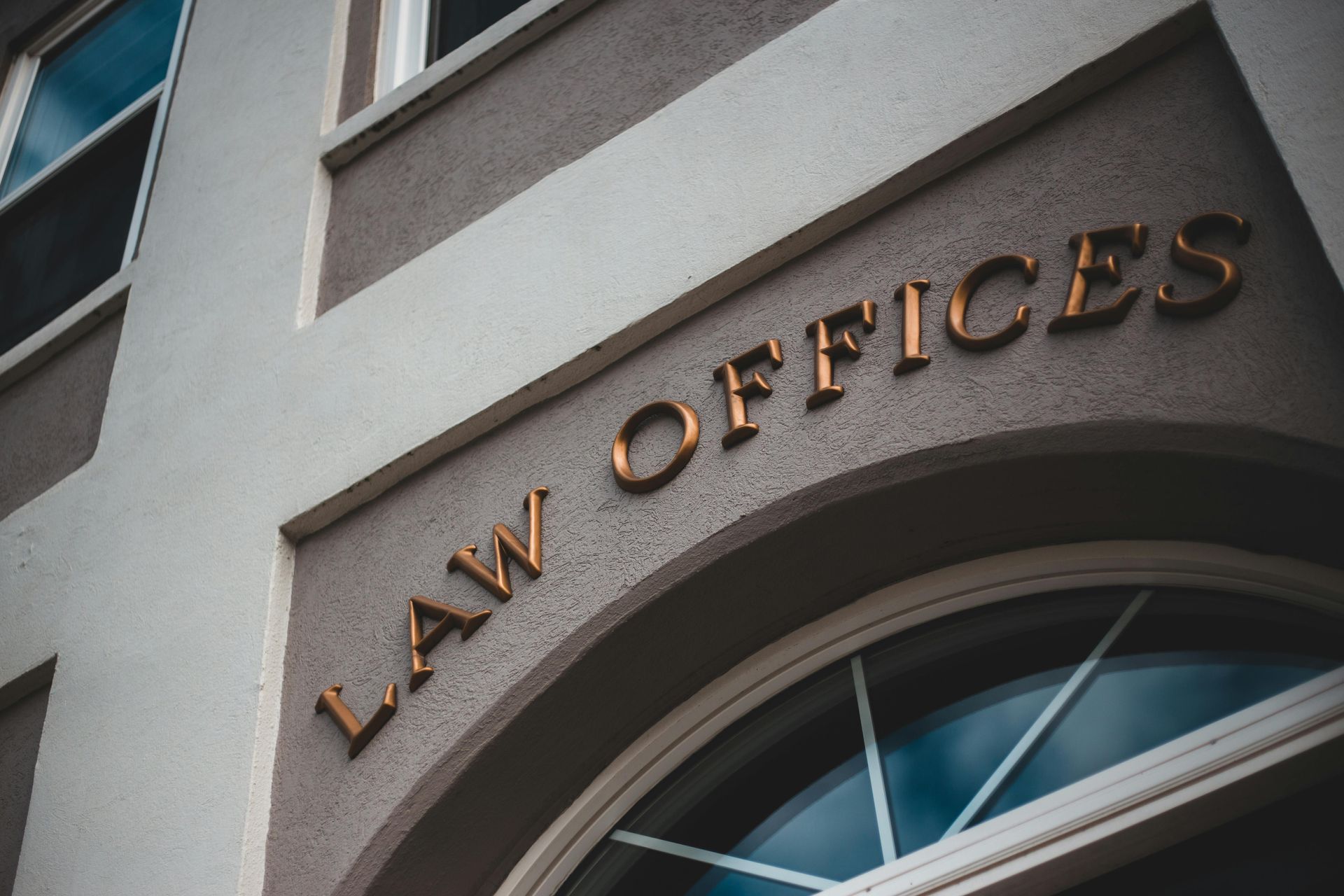INTELLECTUAL PROPERTY PORTFOLIO MANAGEMENT ATTORNEYS
Your patents, trademarks, copyrights, and trade secrets are important intellectual property, our Dallas intellectual property lawyers can help management those IP assets.
INTELLECTUAL PROPERTY AUDIT
Components Of An Intellectual Property Audit
An "Intellectual Property Audit" has both legal and business components, including a review of patents, trademarks, trade secrets and copyright assets. The legal component covers asset creation procedures, asset quality evaluations, asset exploitation processes, and so on. The business component is more subtle and is inherent in the fact that intellectual property (IP) pervades all aspects of the modern technological and marketing. Indeed, some major corporations earn their greatest return on their IP assets, and others owe their very existence to the continuing vitality of their intellectual property. An IP audit, therefore, requires an appreciation of the business aspects of IP and, especially, of how IP affects an individual business. The phrase "IP audit" has a wide range of meanings depending on circumstances. Most importantly, the term "audit" as used in this context is not synonymous with "inventory". An IP audit is a rather more extensive review and appraisal than a mere inventory, but it may include an inventory and much more.
An IP audit can be occasioned by many events, including an external acquisition by assets or stock transfer or by an internal corporate desire to ensure that the company's IP assets and processes are in good repair (e.g. an improvement audit). An audit may also be occasioned by a capital infusion or an impending lawsuit, either as plaintiff or defendant, or other stimuli.
The audit can be very limited, even to the audit of a single intellectual property right. It can grow to a relatively limited overview to determine the basic adequacy of all IP assets and procedures. Ultimately, it can become a very extensive and comprehensive review of all aspects of an IP rights, acquisitions, maintenance and exploitation programs. In the most extreme, an audit can consume a great deal of time and effort for internal and external staffs. Therefore, at the outset of any discussion of an IP audit, the motivation for, and scope of, what is contemplated must be decided.
Benefits To Managing Your Intellectual Property Portfolio
All companies have a need to know and manage their intellectual property (IP) portfolios. Just as a company meticulously audits and maintains its flow of money, the intellectual property portfolios should periodically undergo the same sort of scrutiny as IP is both directly and indirectly at the forefront of revenue generation (e.g. brand awareness, new inventive products, technological advances to delivering a service, etc.) IP is a core corporate component that few understand and most under appreciate. IP audits are designed to provide valuable insight into your IP portfolios not only for IP asset protection, but also for enhancing a casino’s bottom line.
Intellectual Property portfolio management requires a company to make timely decisions about how best to use its patents, trademarks, trade secrets and copyright assets. Our Dallas IP Portfolio attorneys work with each client to understand their business plan, and assist in developing strategies which protect intellectual property. An IP portfolio audit can be generally broken into the following 8 phases:
- Managing The Intellectual Property Audit
- Phase I: Structural Familiarization
- Phase 2: Utility patents (including Business Method/Process Patents)
- Phase 3: Trade Secrets and Proprietary Information
- Phase 4: Trademarks
- Phase 5: Designs, Design Patents, Mask Works and Utility Models
- Phase 6: Copyright
- Phase 7: Dispute resolution
- Phase 8:The Intellectual Property Audit Completion
Intellectual Property Portfolio Attorneys
Our Dallas intellectual property portfolio attorneys specialize in the area of law protecting the property rights of inventors and we can assist you in analyzing your patent portfolio. We work with you to developed and maximize your IP portfolio and, once developed, assist you in monitoring your portfolio such that your goals remain met now and into the future.
Need any help?
Additional IP Portfolio Services Focus
What Are Intellectual Property Audits Useful?
A crucial, and often overlooked, aspect of intellectual property is the managing and maintaining of one's intellectual property portfolio. For both inventors and businesses, it is of utmost importance when considering licenses and assignments to make timely and forward-looking decisions. Too often individuals and companies may overlook the importance of an organized intellectual property portfolio with a structured plan of development and so make uninformed decisions and lose valuable assets. For career inventors, it is important to have a clear plan as to what kind of inventions one plans to work toward for the foreseeable future. Without such forethought, one might assign an older patent away a few months before coming up with a perfectly complimentary invention. Businesses, because of the large number of licenses and assignments they may have at any given time, are even more susceptible to oversights and poor planning if no organization is put into their portfolio.
Adding a further level of complexity, a intellectual property portfolio can never be properly considered on its own but must be considered in light of and together with a variety of factors, including economic climate, business plans, corporate principles, patent protfolios, trademark portfolios, trade secrets, and copyrights as well as a consideration of any similar or related patents to those in your portfolio. With so many broad and various factors to be considered, you need professionals with a wide breadth of experience and knowledge to assist in properly managing your intellectual property portfolio. Our Dallas attorneys have a diversity of backgrounds in the sciences and arts, are experienced entrepreneurs, and have a wealth of experience in all aspects of intellectual property. They can provide you with the knowledge and perspective necessary to develop a comprehensive view and plan for your intellectual properties.
CLIENT MATTERS
5,000+
YEARS OF SERVICE
25+
Award Winning
Recognized in the legal industry as dedicated board-certified lawyers and Rising Stars.
Expert Team
Your project will be handled by legal experts every time. You will have the most experienced attorneys working for you.
Quality Representation











